Identify your home’s purpose and style to make everything from choosing paint colors to buying a new home easier.
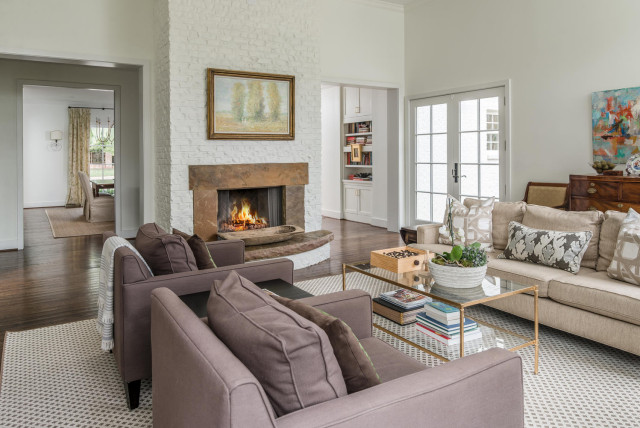
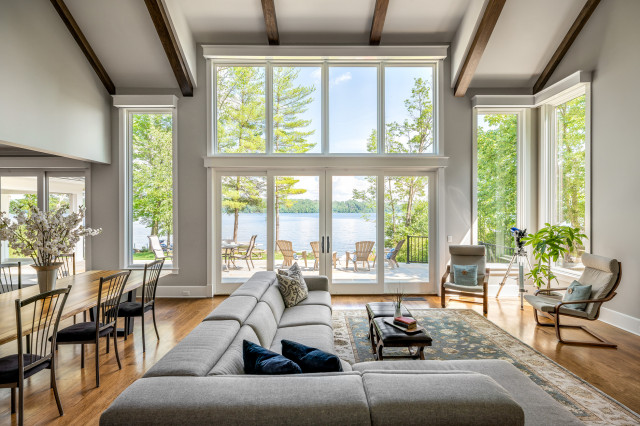
2. Tap Into Your Values
What is important to you? What takes top priority in your life? Anything you hold dear should find a welcome place in your home. For instance, if you value your extended family, it might be especially meaningful for you to make room for big family gatherings.
To do: Take a few minutes to list your top priorities and how you can welcome them into your home. For example, if caring for the planet is important for you, think about ways to be more eco-friendly at home.
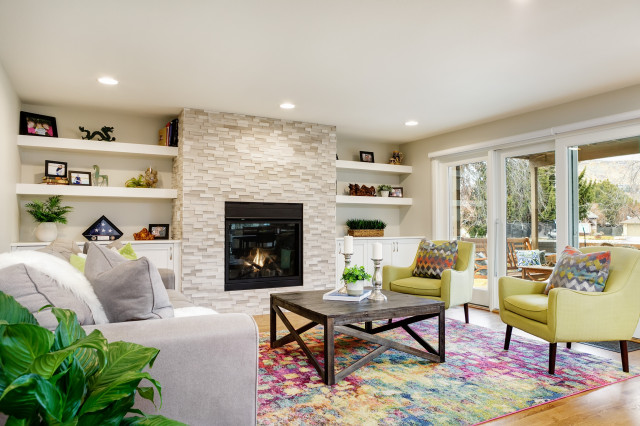
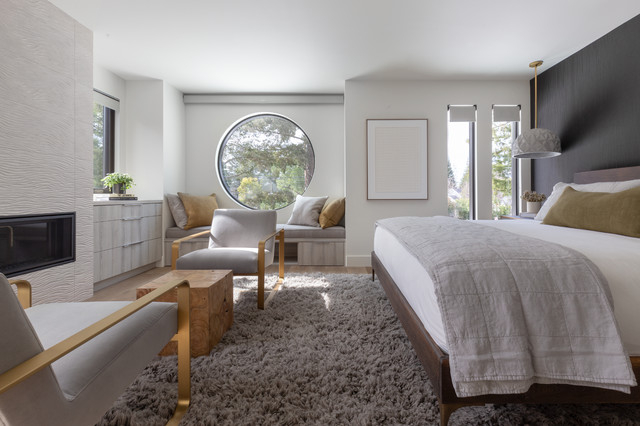
4. Clarify the Purpose of Your Home
What role does your home play in your life? Is it where you decompress after working long hours? The place where you are raising your children? Of course our homes serve many purposes, but try to zero in on what your home’s primary purpose is (aside from shelter).
To do: Write down the main purpose of your home, beyond providing you with basic shelter. If you like, add one or two additional roles that support the main purpose.
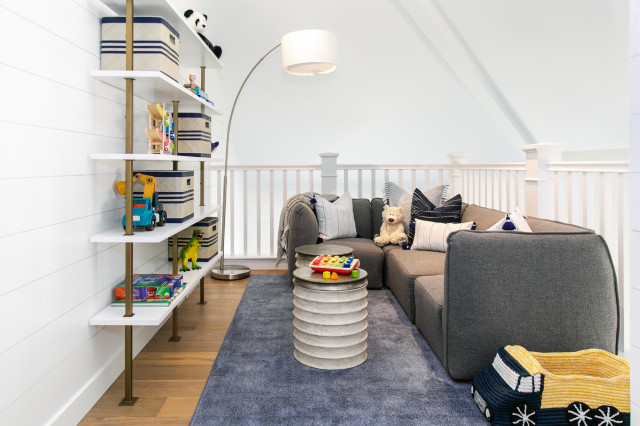
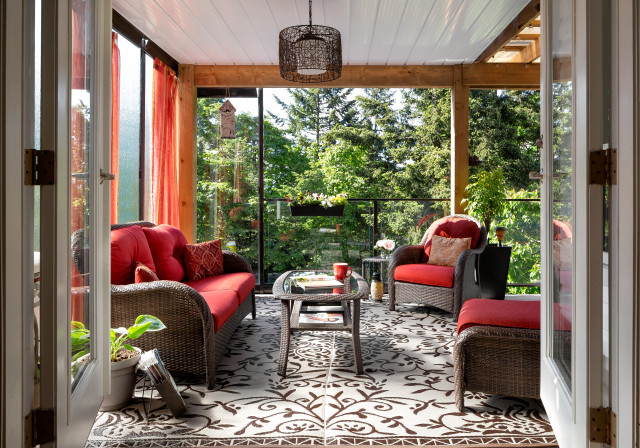
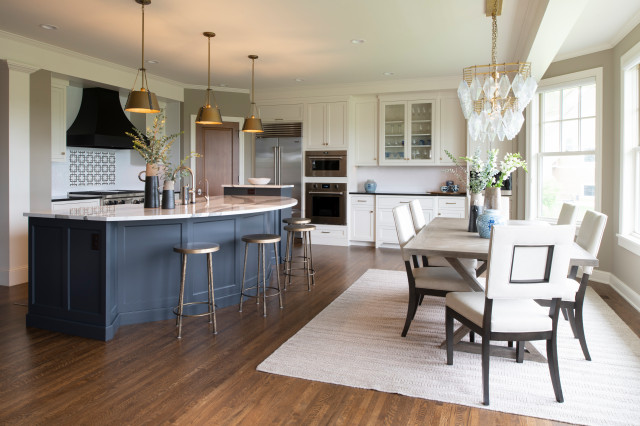
7. Write Your Mission Statement
Pulling from the key points and themes you identified in your notes, begin writing your home mission statement. If you need a little nudge to get started, begin with “My home is a place where … “ and complete the statement. If you feel you have more to add, just add another “My home is a place where … “ and keep going!
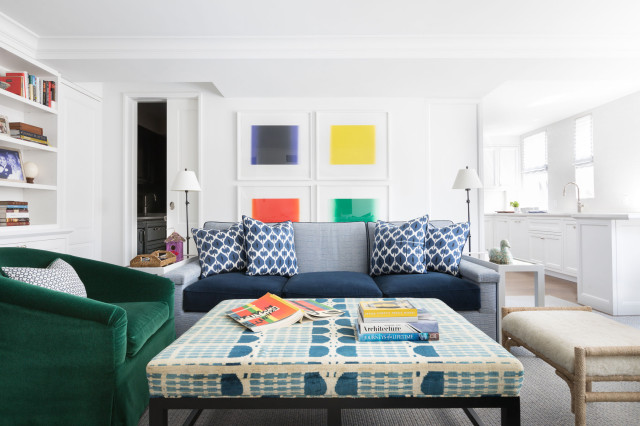
8. Put Your Mission Statement to Work
Once you have your mission statement written, how you choose to use it is up to you: memorize it, write it in your calendar, have it made into an art print, stencil it onto your stair risers or share it with your family. The most important thing is to keep it close enough to guide your decisions about your home from here on out. You’ve undoubtedly heard of the benefits of creating mission statements for businesses, or even for yourself — but what about writing a mission statement for your home? Part style, part personal values, this short and sweet statement could help you make stronger decisions about decorating and more. (cited)


1. Explore Your Style
A home mission statement is about more than style, but often what you are drawn to visually will lead you to deeper realizations about what you crave at home. Start by creating an ideabook or cracking open a fresh file folder to hold your tear sheets and ideas, and start collecting.
To do: Write down what drew you to each image you save — it could be anything from “love the farmhouse table” to “sunny, open floor plan” or even something as abstract as “romantic/artsy.” Look for themes that could become part of your mission statement.